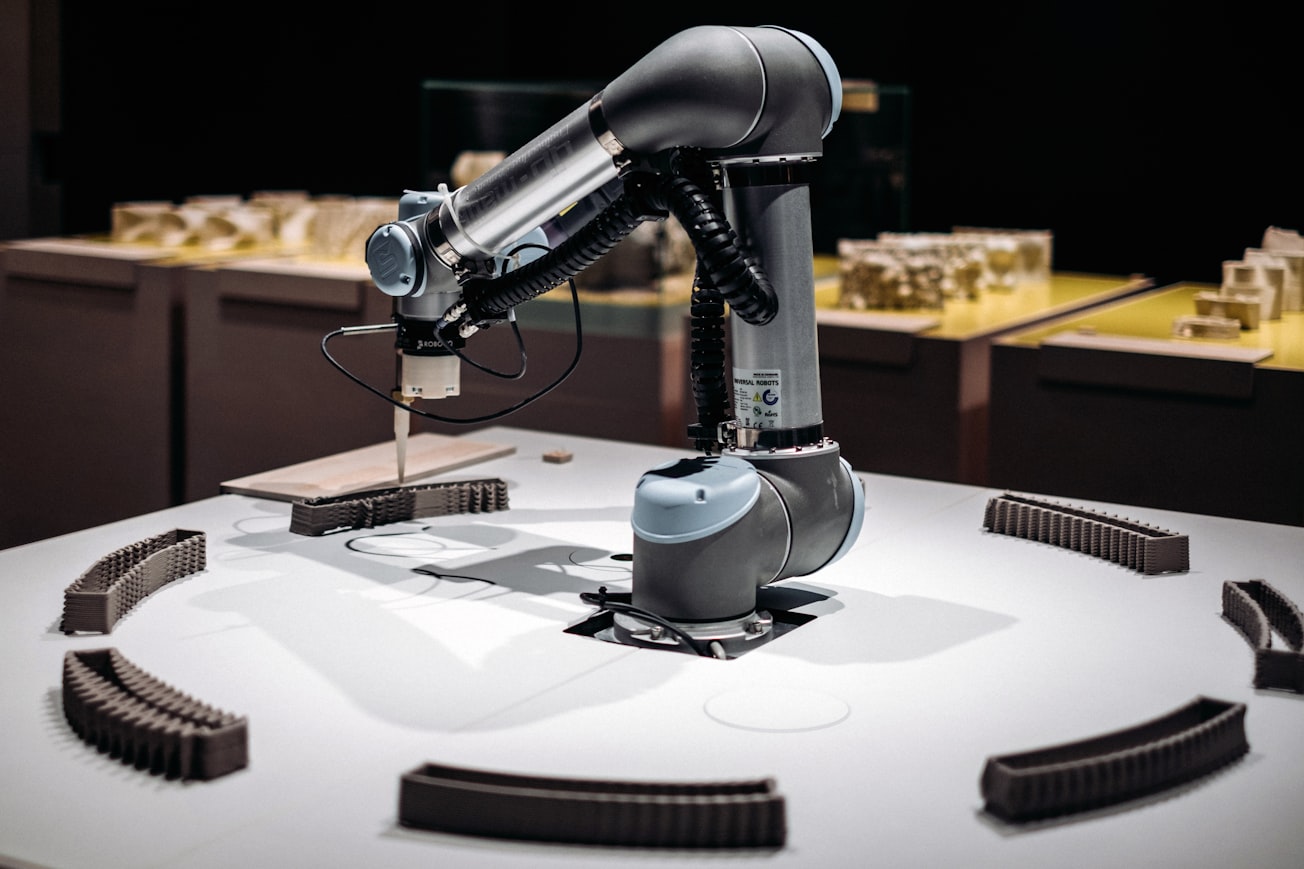What is it about?
Additive manufacturing (AM) is a growing 3D printing tool. It has wide applications in fields like materials engineering. Fused deposition modeling (FDM) is the most popular AM method. In this method, layers are bound by melting materials. They are then cooled to make them stick. The properties of parts made this way depend on the processing parameters. Image processing can be used to see how these properties change. In this study, researchers printed PLA, a common 3D printing plastic, using FDM. In the first stage, they used artificial neural networks (ANNs) to track the processing parameters. This was done in real time. They found that the ANN method processes parameters with 92.5% accuracy. In the second stage, they used image processing to calculate the infill percentage and layer thickness. They found that the former had the largest effect on the compression strength. The method calculated the number of layers with 99.2% accuracy. Finally, an interface was designed to display the material processing results.
Featured Image

Photo by Maria Teneva on Unsplash
Why is it important?
FDM printers dominate many fields like the tissue engineering industry. But, FDM technology is complex. Many parameters can affect the properties of the manufactured part. Figuring out what parameter causes each change in properties is tricky. This study presents a critical step in improving the FDM technology. KEY TAKEAWAY: This new method combines image processing and ANNs. It predicts critical properties of parts like compressive strength with over 90% accuracy.
Read the Original
This page is a summary of: Real-Time Data Analysis with Artificial Intelligence in Parts Manufactured by FDM Printer Using Image Processing Method, Journal of Testing and Evaluation, July 2021, ASTM International,
DOI: 10.1520/jte20210125.
You can read the full text:
Contributors
Be the first to contribute to this page







